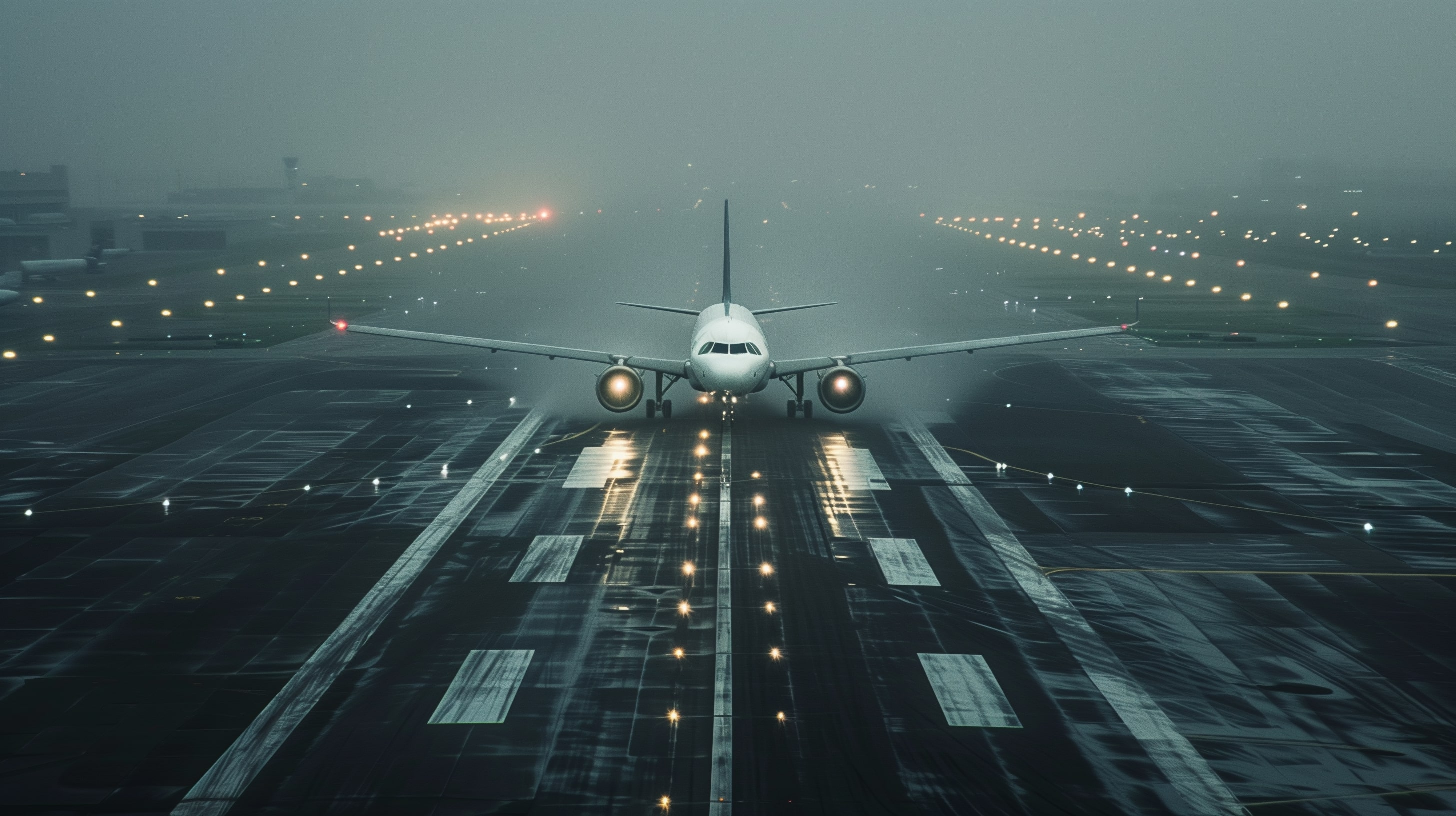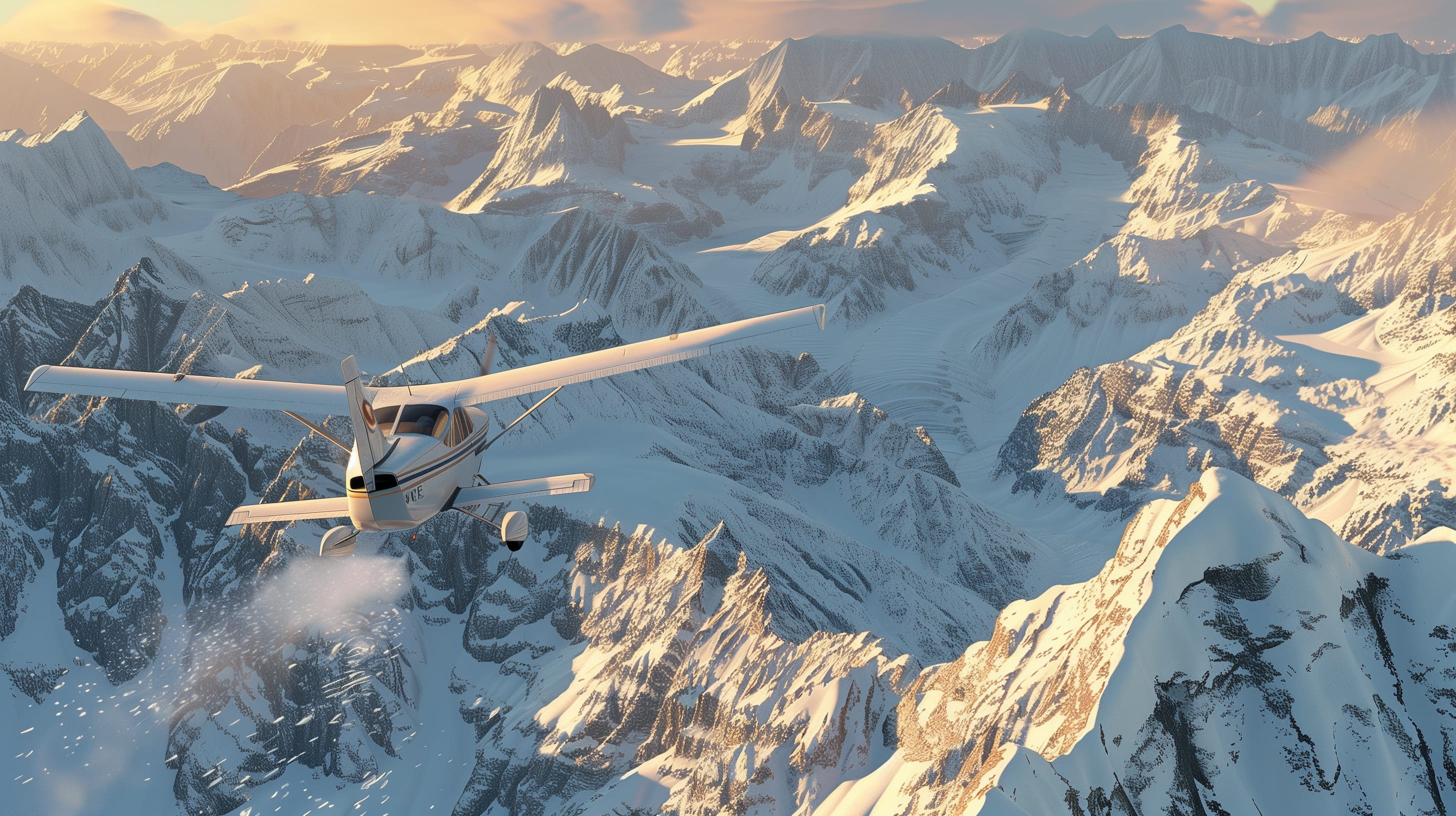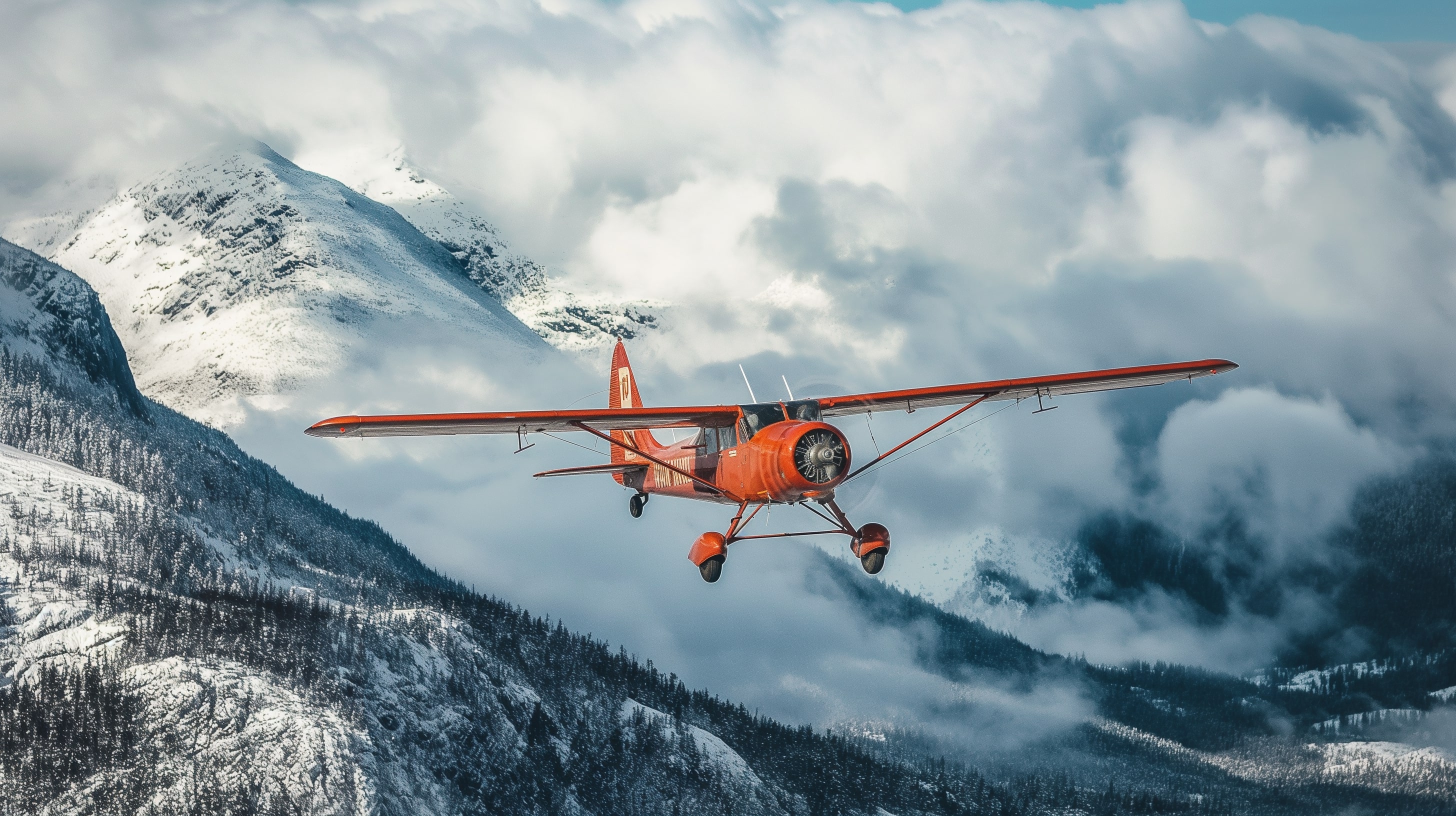flying in winter
- 23 July 2024
Last time, we discussed about DPE shortage in US in 2024.
In this time we'll talk about the hazzards of flying in winter time.
Snow Flying Hazards: What Every Pilot Needs to Know
As the winter months approach, pilots face a unique set of challenges when flying in snowy conditions.
Understanding and preparing for these hazards is crucial for maintaining safety in the air and on the ground.
Let's explore the key snow flying hazards and how to mitigate their risks.
Reduced Visibility
One of the most significant hazards of snow flying is reduced visibility.
Snow can drastically limit a pilot's ability to see runways, terrain, and other aircraft. This is particularly dangerous during takeoff and landing phases.
How to mitigate:
- Always check weather reports and NOTAMs before flight
- Be prepared to divert if conditions worsen. Important! this is the reason why pilots should always find a spot to land in case of imergency.
- Ensure your aircraft is equipped with proper anti-icing and de-icing equipment

Contaminated Runways
Snow and ice on runways can significantly affect aircraft performance during takeoff and landing.
Reduced friction can lead to longer takeoff rolls and potential loss of directional control.
How to mitigate:
- Check runway conditions before flight. Please always check NOTAM in your pre-flight!
- Calculate takeoff and landing distances based on contaminated runway performance data
- Be prepared for the possibility of a rejected takeoff

Icing Risks
Snow often comes with temperatures conducive to icing, which can rapidly accumulate on aircraft surfaces, affecting aerodynamics and increasing weight.
How to mitigate:
Pre-flight planning
- Check weather reports and forecasts for icing conditions. Carefully check PIREP!
- Plan routes that avoid areas of known icing
- Ensure your aircraft is equipped with appropriate de-icing or anti-icing equipment and it's functional.
Recognize potential icing conditions
- Be aware of visible moisture (clouds, rain, snow) when temperatures are near or below freezing
- Ensure your aircraft is equipped with appropriate de-icing or anti-icing equipment and it's functional.
Use anti-icing equipment
- Activate wing and tail de-icing boots before entering icing conditions
- Use propeller anti-ice systems when available
- Employ windshield heat to maintain visibility
- Make sure to turn on pito heat
Maintain proper airspeed
- Flying at the recommended speed can help prevent ice accumulation
- Avoid flying too slowly, which can increase the risk of ice buildup
Change altitude
- If encountering icing, request a change in altitude to find air temperatures above freezing
- Descending to warmer air can help melt existing ice

Snow-Covered Terrain
Snow can obscure terrain features, making it difficult to identify landmarks and potential obstacles, especially in mountainous areas.
How to mitigate:
- Rely on instruments and GPS for navigation
- Maintain a higher-than-normal altitude when possible
- Be extra cautious when flying in unfamiliar areas
Cold Weather Operations
Extremely cold temperatures associated with snow can affect aircraft systems and engine performance.
How to mitigate:
- Follow cold weather starting procedures
- Allow extra time for proper engine warm-up
- Be aware of the impact of cold temperatures on altimeter settings
Conclusion
Flying in snowy conditions requires extra vigilance, thorough preparation, and a solid understanding of the associated risks.
By being aware of these snow flying hazards and taking appropriate precautions, pilots can significantly enhance their safety during winter operations.
Remember, when in doubt, it's always better to postpone a flight than to risk flying in hazardous conditions
Stay safe, stay informed, and enjoy the unique beauty of winter flying when conditions permit.







